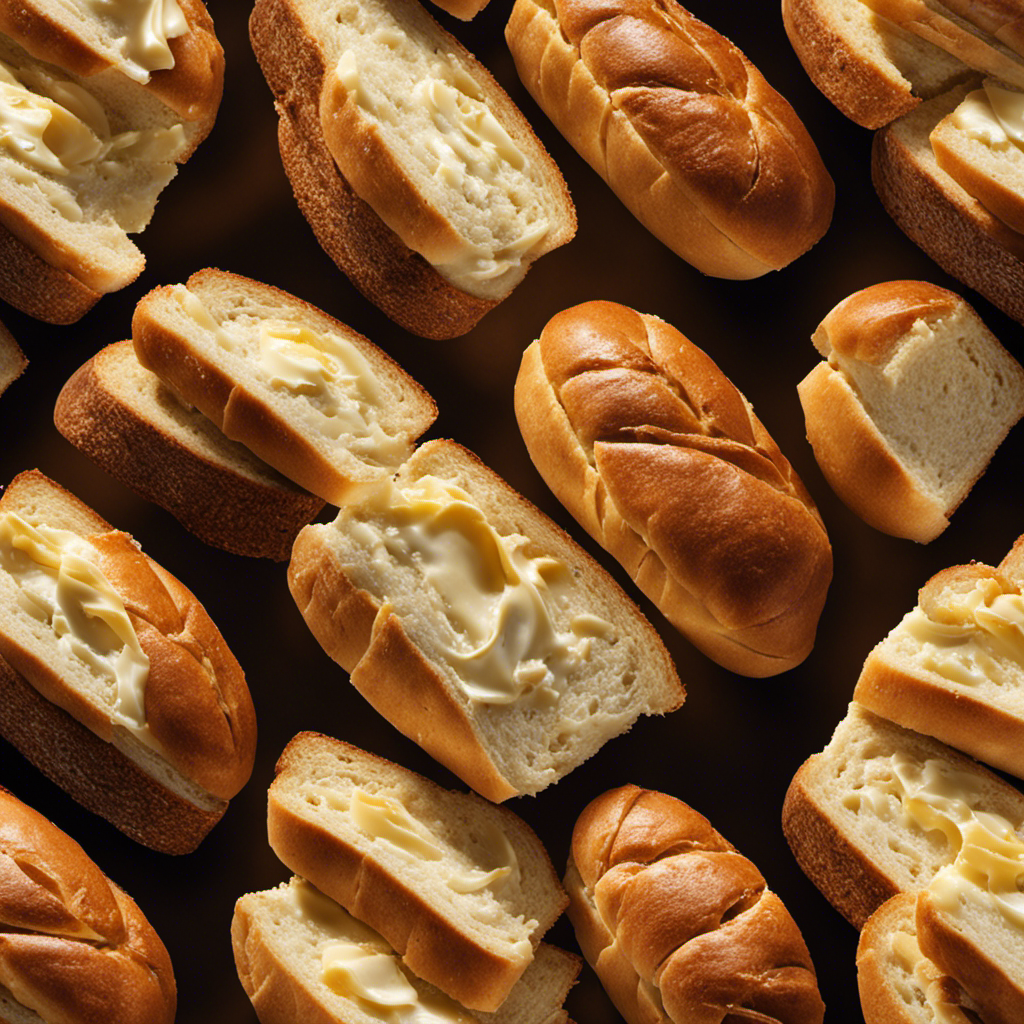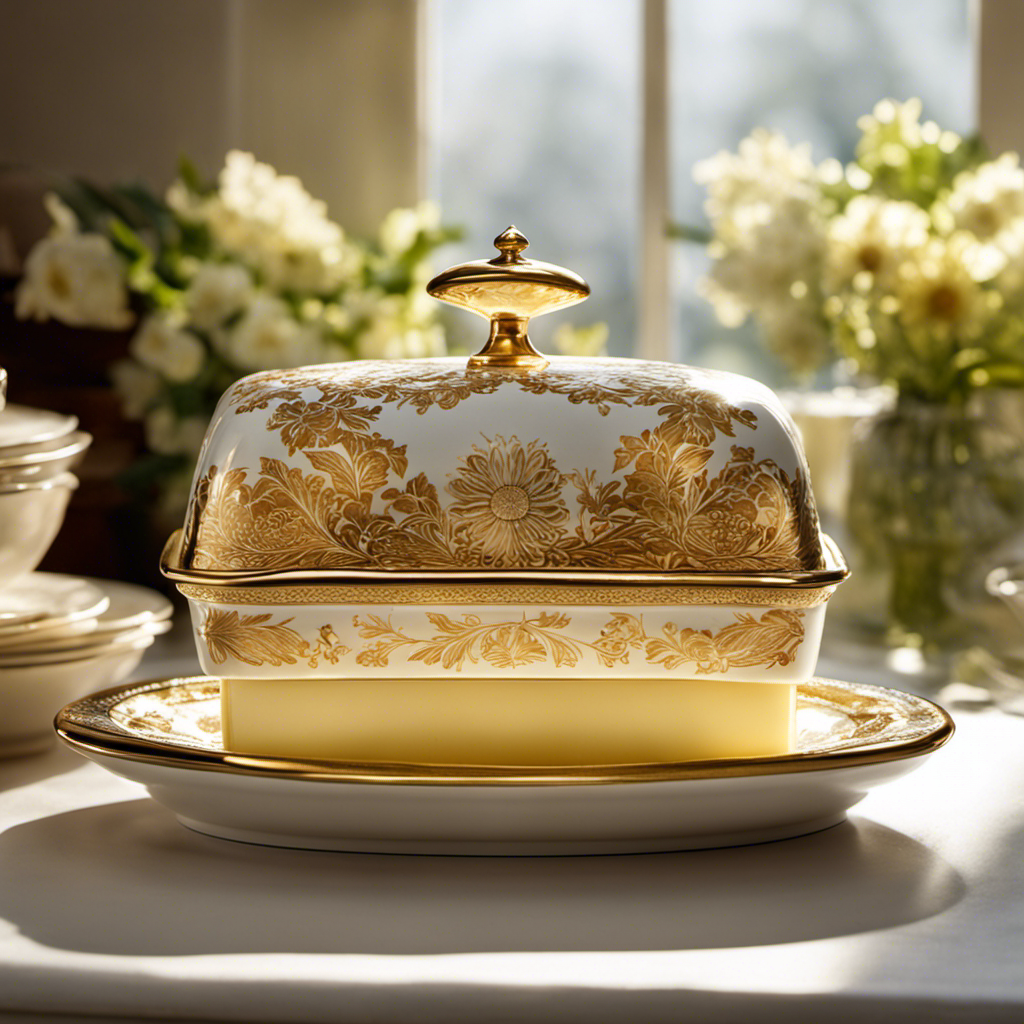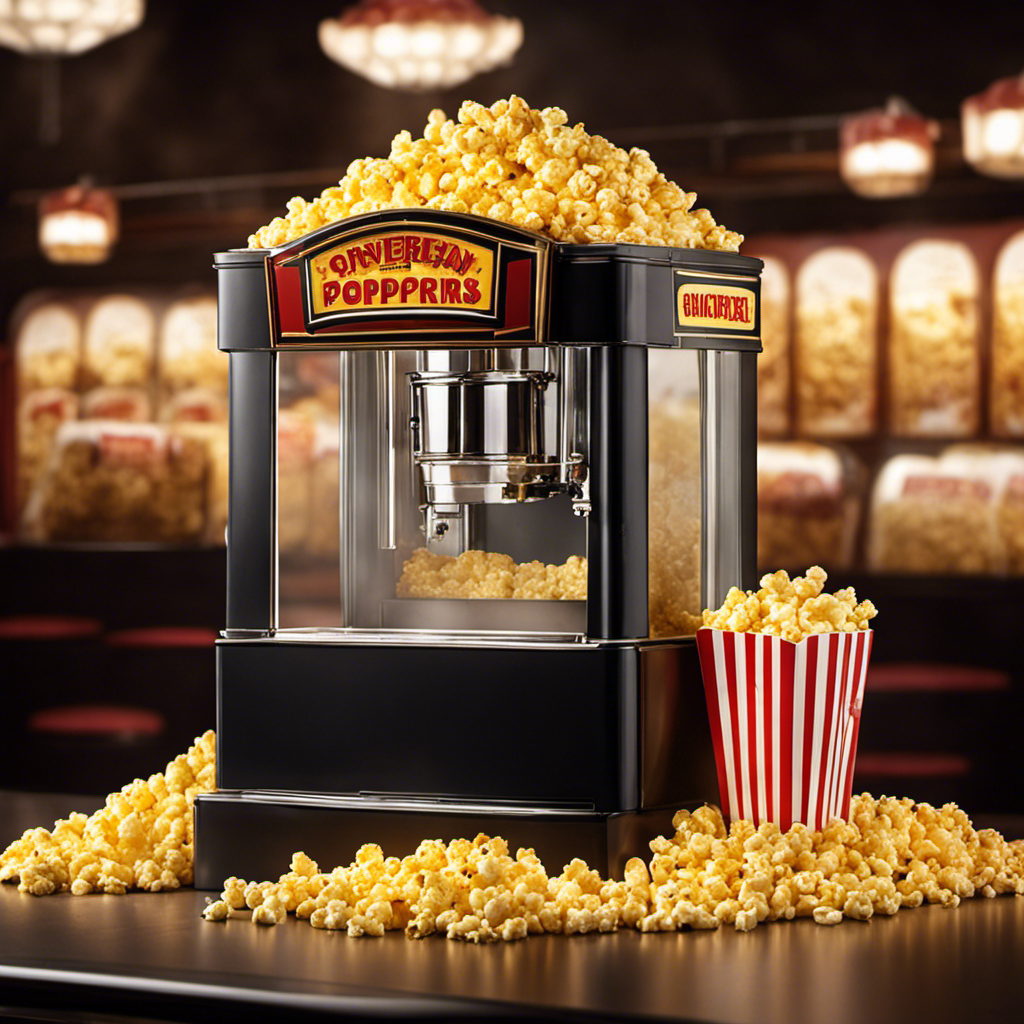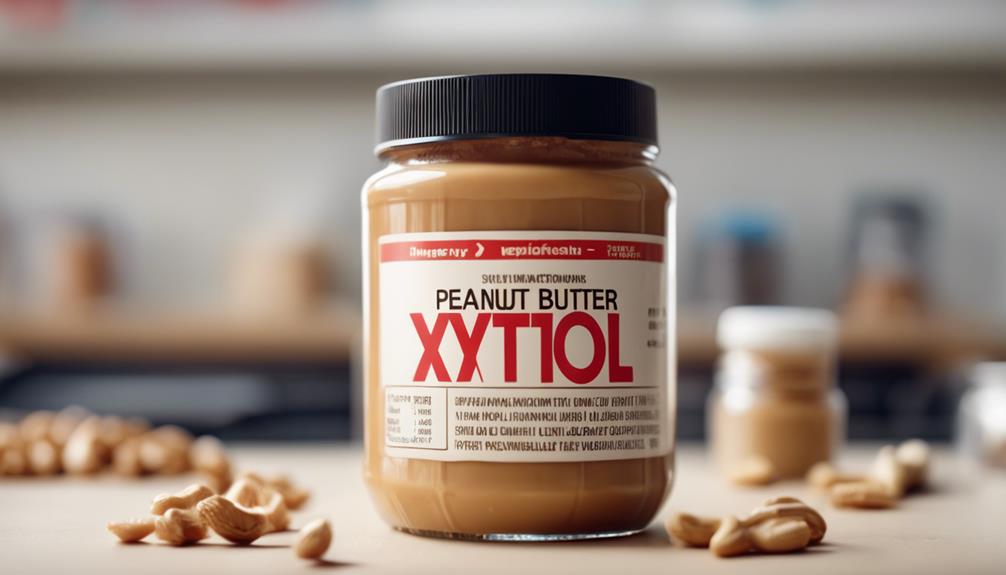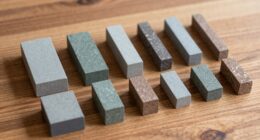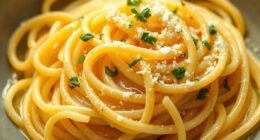As a researcher in air purification technology, I often come across the term ‘Vac’ when talking about air purifiers. At first, it seemed like just another acronym in a sea of technical jargon. However, after digging deeper into its definition and purpose, I uncovered the important role that Vac plays in air purifiers.
In this article, we will explore what Vac is, how it works, its benefits, common misconceptions, and much more. So, let’s dive in and unravel the mysteries of Vac in air purifiers.
Key Takeaways
- Vac in air purifiers helps remove dust, allergens, pet dander, mold spores, and pollen from the air.
- Vac technology utilizes a vacuum system to capture and trap particles, ensuring a cleaner and healthier environment.
- Vac in air purifiers improves indoor air quality, resulting in a healthier living environment.
- Factors to consider when choosing Vac in air purifiers include compatibility with existing HVAC system, type of filtration system used, level of air purification required, size and capacity of the vacuum unit, and maintenance and operating costs.
The Importance of Vac in Air Purifiers
The vac is crucial in air purifiers because it helps to remove dust and allergens from the air. Vacuum technology plays a vital role in the effectiveness of air purifiers.
When air passes through the purifier, the vac sucks in the air and filters out the contaminants. The vac uses a combination of suction power and filtration systems to capture particles as small as 0.3 microns. It employs high-efficiency particulate air (HEPA) filters, which are capable of trapping 99.97% of airborne pollutants.
The vac also aids in eliminating pet dander, mold spores, and pollen, making the air cleaner and healthier to breathe. Without an efficient vac, air purifiers would be unable to effectively remove the harmful particles that can cause respiratory issues and allergies.
How Vac Works in Air Purification
In understanding the role of Vac in air purification, it is essential to recognize its key function in removing harmful pollutants from the air.
Vac, or the Vacuum Activated Carbon, is a specialized filter that utilizes activated carbon to capture and trap various contaminants, including volatile organic compounds (VOCs), odors, and gases.
Vac’s Role in Purification
Using a vac in an air purifier helps to improve the air quality in your home. The efficiency of the vac plays a crucial role in purifying the air effectively. When it comes to vac efficiency, it refers to how well the vacuum system can remove impurities from the air.
The higher the efficiency, the better it is at capturing particles and contaminants. Vac filtration is an important aspect of air purification. It involves the process of trapping and removing pollutants from the air using filters.
The vac filtration system typically consists of multiple layers of filters, including a pre-filter, HEPA filter, and activated carbon filter. These filters work together to capture various particles, such as dust, allergens, pet dander, and even odors, ensuring cleaner and healthier air in your home.
Benefits of Vac
You’ll love the benefits of having a vac in your home, as it helps to improve the air quality and keep your environment clean and healthy. Here are four key reasons why a vac is essential for maintaining a healthy living space:
-
Removes dust and allergens: The powerful suction of a vac efficiently captures dust particles, pollen, pet dander, and other allergens from the air, reducing the risk of respiratory issues.
-
Eliminates harmful pollutants: Vacuums equipped with HEPA filters can effectively trap and remove harmful pollutants such as smoke particles, volatile organic compounds (VOCs), and bacteria, improving indoor air quality.
-
Reduces asthma and allergy symptoms: Regular vacuuming with a high-quality vac can significantly reduce asthma and allergy symptoms by removing triggers like dust mites and pollen from carpets, rugs, and upholstery.
-
Enhances overall cleanliness: A vac not only cleans the air but also keeps your floors and furniture clean, ensuring a visually appealing and hygienic living space.
Understanding the benefits of vacuuming, it is crucial to delve into the technology behind vacs in air purifiers.
Understanding Vac Technology in Air Purifiers
As an air purification expert, I’ve extensively studied the benefits and workings of Vac technology in air purifiers.
The benefits of Vac technology are numerous. It includes the removal of airborne contaminants, allergens, and pollutants, resulting in improved indoor air quality.
Vac technology works by utilizing a vacuum system. It effectively captures and traps particles, preventing them from recirculating into the air. This ensures a cleaner and healthier environment.
Benefits of Vac Technology
With Vac technology, your air purifier can effectively eliminate airborne particles and improve the overall air quality in your home. This innovative technology is not only limited to air purifiers, but is also being incorporated into other appliances to enhance their performance.
Here are some benefits of Vac technology in air purifiers:
-
Enhanced filtration: Vac technology utilizes advanced filtration systems that can capture and remove even the smallest particles from the air, such as allergens, pollen, and pet dander.
-
Improved efficiency: By utilizing Vac technology, air purifiers can operate more efficiently, ensuring maximum purification while consuming less energy.
-
Odor elimination: Vac technology is designed to effectively remove unpleasant odors from the air, leaving your home smelling fresh and clean.
-
Quiet operation: Air purifiers with Vac technology are designed to operate quietly, allowing you to enjoy cleaner air without any disturbance.
While Vac technology offers numerous benefits, it is important to note that there may be potential drawbacks, such as the higher cost compared to traditional air purifiers and the need for regular maintenance to ensure optimal performance. However, the benefits outweigh these drawbacks, making Vac technology a worthwhile investment for improving indoor air quality.
How Vac Technology Works
To understand how Vac technology works, it’s important to know that it utilizes advanced filtration systems to capture and remove even the smallest particles from the air in your home. This technology offers numerous benefits, especially when compared to other air purifiers on the market.
| Vac Technology Benefits | Vac Technology Comparison |
|---|---|
| 1. Removes allergens, dust, and pet dander from the air | 1. Other air purifiers may only capture larger particles |
| 2. Helps reduce asthma and allergy symptoms | 2. Some air purifiers may release ozone, which can be harmful |
| 3. Improves overall indoor air quality | 3. Vac technology has a higher efficiency rating |
| 4. Reduces the spread of airborne viruses and bacteria | 4. Other purifiers may require frequent filter replacements |
| 5. Provides a healthier living environment | 5. Vac technology is quieter in operation |
Vac technology works by drawing in the air through a series of filters. The first filter, often a pre-filter, captures larger particles such as dust and pet hair. Then, the air passes through a HEPA filter, which is designed to trap 99.97% of particles as small as 0.3 microns. Some Vac technologies also include an activated carbon filter to remove odors and volatile organic compounds (VOCs). Once the air is filtered, it is released back into the room, providing cleaner and fresher air to breathe. Compared to other air purifiers, Vac technology offers superior filtration capabilities, ensuring a healthier and safer indoor environment.
Benefits of Using Vac in Air Purifiers
Using a vac in air purifiers has numerous benefits.
-
Increased vacuuming efficiency: The incorporation of a vac technology in air purifiers enhances the cleaning process by effectively capturing and removing dust, allergens, and other contaminants from the air.
-
Improved air quality: The vac technology ensures that the air purifier can efficiently eliminate a wide range of pollutants, including pet dander, pollen, mold spores, and even volatile organic compounds (VOCs), resulting in cleaner and fresher indoor air.
-
Extended filter life: By capturing larger particles before they reach the main filter, the vac technology helps prolong the lifespan of the air purifier’s filters, reducing the need for frequent replacements and saving on maintenance costs.
-
Enhanced performance: The vacuuming efficiency of air purifiers with vac technology translates into improved overall performance, providing rapid and effective air purification in any indoor environment.
Factors to Consider When Choosing Vac in Air Purifiers
One important factor to consider when choosing a vacuum technology for your air purification system is its compatibility with your existing HVAC system. This ensures that the vacuum technology seamlessly integrates with your HVAC system, allowing for efficient air purification throughout your home or office.
When selecting a vacuum technology, there are several key factors and considerations to keep in mind. These include the type of filtration system used, the level of air purification required, the size and capacity of the vacuum unit, and the maintenance and operating costs associated with the technology.
To help you make an informed decision, here is a table summarizing the factors and considerations for choosing a vacuum technology for your air purification system:
| Factors to Consider | Considerations |
|---|---|
| Filtration System | HEPA, activated carbon, electrostatic precipitator |
| Air Purification Level | Particulate matter, allergens, VOCs, odors |
| Size and Capacity | Coverage area, air exchange rate, noise level |
| Maintenance and Cost | Filter replacement, energy consumption, initial investment |
Common Misconceptions About Vac in Air Purifiers
There are common misconceptions about the compatibility of vacuum technology with existing HVAC systems in air purification systems. Contrary to popular belief, vacuums can be effectively integrated into air purifiers to enhance their performance.
Let’s debunk some of these myths and explore the benefits and drawbacks of using vacuum technology in air purifiers.
-
Myth 1: Vacuums can damage HVAC systems. In reality, modern vacuum technology is designed to work harmoniously with existing HVAC systems, ensuring proper airflow and filtration.
-
Myth 2: Vacuums reduce the lifespan of air purifiers. On the contrary, vacuum-assisted air purifiers can extend the lifespan of the filters by removing larger particles before they reach the filter, reducing clogging and improving overall efficiency.
-
Myth 3: Vacuums are noisy. While some older vacuum models may produce noise, newer models are designed to operate quietly, ensuring a peaceful environment.
-
Myth 4: Vacuums are expensive to maintain. While there may be initial costs, the long-term benefits of improved air quality and reduced maintenance for air purifiers make vacuum-assisted systems a worthwhile investment.
Maintenance and Cleaning Tips for Vac in Air Purifiers
To keep your vacuum-assisted air purifier running smoothly, it’s important to follow these maintenance and cleaning tips.
Regular vacuuming is crucial to maintain optimal performance and ensure clean air in your home. The frequency of vacuuming depends on various factors such as the size of your living space, the presence of pets, and the level of indoor pollution. In general, it is recommended to vacuum the air purifier at least once a month.
Start by turning off the air purifier and unplugging it from the power source. Carefully remove the vacuum filter and gently tap it to remove any loose dirt or debris. For a thorough clean, you can use a soft brush attachment to remove stubborn particles.
Additionally, make sure to clean the exterior of the air purifier with a damp cloth and mild detergent.
Comparing Different Vac Systems in Air Purifiers
You can compare the different vacuum systems in air purifiers to determine which one is most suitable for your needs. When considering the vac system types, it is essential to understand their effectiveness and performance. Here are four key factors to compare:
-
HEPA filtration: High-Efficiency Particulate Air (HEPA) filters are known for their superior ability to capture small particles, including allergens and pollutants.
-
Activated carbon filters: These filters excel at trapping odors, gases, and volatile organic compounds (VOCs).
-
Ionic technology: Ionic air purifiers use charged particles to attract and trap pollutants, but they may produce ozone as a byproduct.
-
UV-C light: Some air purifiers incorporate ultraviolet germicidal irradiation (UVGI) to kill bacteria and viruses.
Frequently Asked Questions
Can an Air Purifier Effectively Clean the Air Without Using Vac Technology?
An air purifier can effectively clean the air without using vac technology. However, air purifiers with vac technology tend to be more efficient in removing pollutants and allergens due to their enhanced filtration capabilities.
Are There Any Potential Health Risks Associated With Using Vac in Air Purifiers?
There are potential long term effects associated with using vac in air purifiers. Compared to other air purification methods, vac technology may pose health risks such as respiratory irritation and exposure to harmful chemicals.
How Often Should the Vac System in an Air Purifier Be Replaced or Serviced?
The vac system in an air purifier should be replaced or serviced regularly to maintain optimal performance. It is recommended to replace the vac system every 6-12 months and clean the filters regularly to ensure efficient air purification.
Can Vac Technology in Air Purifiers Remove All Types of Pollutants, Including Odors and Smoke?
Vac technology is incredibly efficient in removing pet dander and allergens from the air. It outperforms HEPA filters in capturing fine particles, making it a superior choice for eliminating odors and smoke.
Are Air Purifiers With Vac Technology Suitable for Large Spaces or Only for Small Rooms?
Air purifiers with vac technology are suitable for small spaces due to their ability to effectively remove pollutants. However, for large spaces, the benefits of using vac technology in air purifiers are limited, as they may not have the capacity to cover the entire area.
Conclusion
In conclusion, after extensive research and analysis, it has become evident that the theory surrounding the importance of Vac in air purifiers is indeed true.
The innovative Vac technology plays a crucial role in effectively filtering and purifying the air we breathe, ensuring a healthier and cleaner environment.
By understanding how Vac works and considering various factors when choosing an air purifier, individuals can benefit from improved air quality and minimize the risks of respiratory ailments.
Embracing Vac technology in air purifiers is a significant step towards safeguarding our well-being and promoting a better quality of life.

